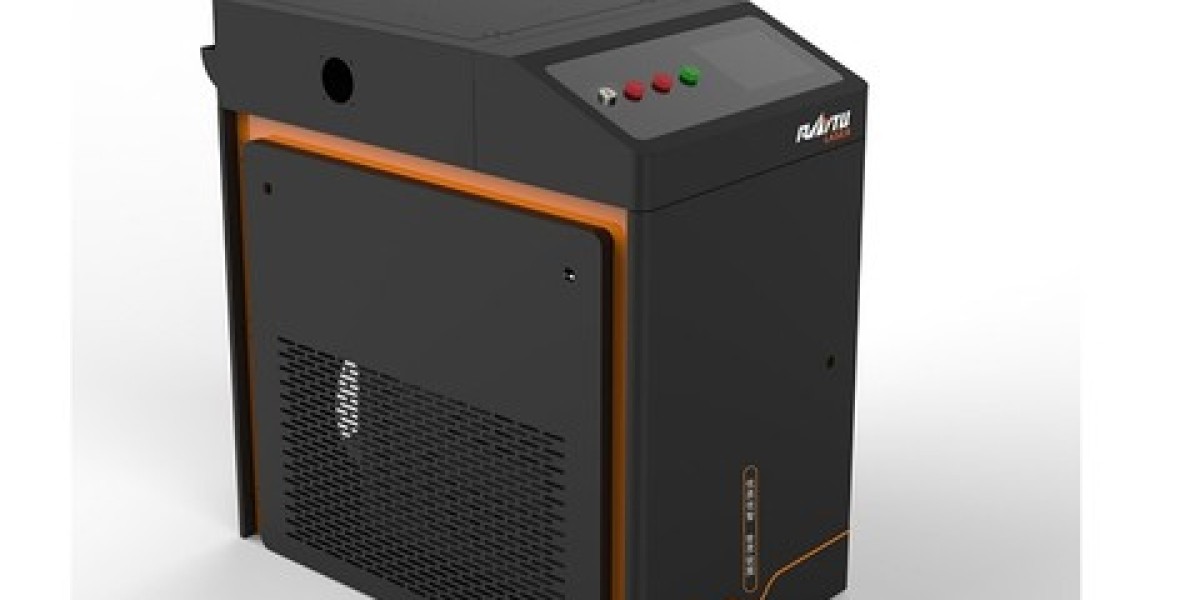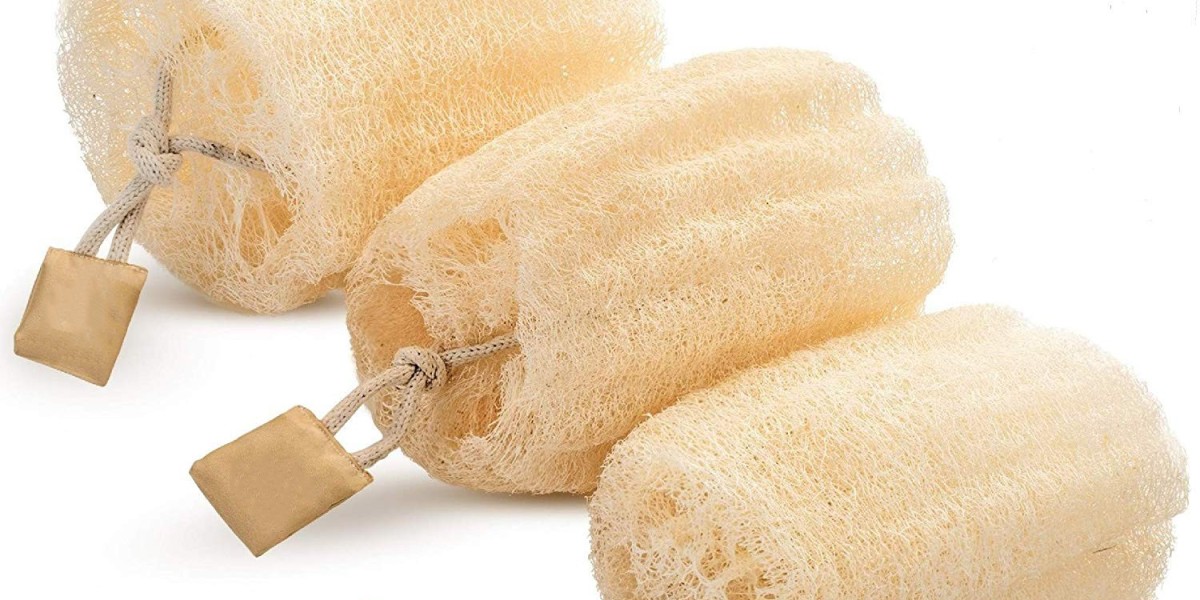The answer is a resounding yes—and here’s why.
How Does a Handheld Fiber Laser Welding Machine Work?
Unlike traditional welding methods that rely on broad heat application, a handheld fiber laser welding machine uses a concentrated laser beam to fuse metals. The laser’s energy is delivered through a fiber optic cable, allowing pinpoint accuracy. This means the heat-affected zone (HAZ) is incredibly small, reducing the risk of warping or burning through delicate materials.
The machine’s adjustable power settings and pulse control let welders fine-tune the energy output, making it possible to join metals as thin as 0.01mm—thinner than a strand of human hair. Whether it’s stainless steel, aluminum, copper, or titanium, the precision of fiber laser welding ensures clean, strong welds without unnecessary damage.
Why Thin Metal Welding is a Challenge
Welding thin metals has always been tricky. Conventional methods like TIG or MIG welding generate excessive heat, leading to:
Burn-through (where the metal melts completely)
Warping (distortion due to uneven heating)
Weak joints (from excessive heat spreading)
A handheld fiber laser welding machine overcomes these issues by focusing energy in a micro-sized spot. The laser’s rapid pulses allow for controlled heat input, ensuring the metal fuses just enough to create a bond without melting entirely.
Industries That Benefit from Ultra-Thin Welding
Electronics & Microfabrication – Circuit boards, sensors, and micro-components require flawless, tiny welds.
Medical Devices – Surgical tools, implants, and diagnostic equipment demand precision without material degradation.
Jewelry Making – Delicate gold, silver, and platinum pieces need invisible, strong joins.
Aerospace & Automotive – Thin sheets and lightweight alloys must be welded without compromising structural integrity.
Techniques for Perfect Thin Metal Welds
To achieve the best results with a handheld fiber laser welding machine, follow these expert techniques:
Use the Lowest Effective Power – Start with minimal energy and gradually increase to avoid burn-through.
Optimize Pulse Duration – Shorter pulses reduce heat accumulation.
Maintain Proper Focus – A well-calibrated laser spot ensures precise energy delivery.
Employ Backing Materials – A heat sink (like copper) behind thin sheets helps dissipate excess heat.
Real-World Applications
Imagine welding a 0.03mm stainless steel foil used in medical sensors. Traditional welding would destroy it, but a handheld fiber laser welding machine can create a seamless joint in milliseconds. Similarly, in electronics, repairing a thin copper trace on a circuit board becomes effortless with laser precision.
Final Thoughts
The handheld fiber laser welding machine is revolutionizing how we approach delicate welding tasks. Its ability to join ultra-thin metals without burn-through makes it indispensable in high-tech industries. Whether you're crafting intricate jewelry or assembling microelectronics, this tool delivers unmatched precision, speed, and reliability.
If you're working with thin metals and struggling with traditional methods, upgrading to a handheld fiber laser welding machine could be the solution you’ve been waiting for. The future of welding is here—and it’s finer than ever.








